
Toyota Yaris Hatchback (2011-2020) interior, tech and comfort

- Clear and logically presented dashboard
- Multimedia screen suffers from reflections
- No Android Auto or Apple CarPlay integration
There’s a welcome lift to the interior of Bi-tone models courtesy of the adoption of a choice of two-colour interior finishes. Otherwise, though well-made and despite flashes of chrome and piano black trim, the Yaris’s interior can come across as somewhat yawn-inducing.
Build quality is certainly not an issue, and the instrumentation and switchgear layout is clear and sensible, if unexciting. We say generally, because the central multimedia touchscreen has a real problem with glare, especially on bright days. It really needs either a cowl or re-angling so that it’s easier to read. It also feels like it’s closer to the passenger than the driver, which can cause problems when you want to operate it quickly on the move.
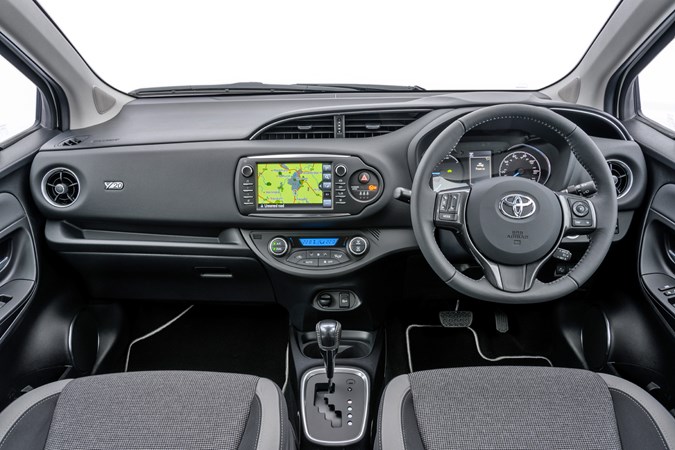
Navigation instruction itself is also somewhat slow; on every variant we tested the location on the map was a little behind reality, and the nice lady was often calling turns after we’d passed them. The affordability premise of Toyota’s Touch2 multimedia system is entirely laudable, but the system itself is a little let down by that low screen refresh rate, and by the absence of swankier smartphone integration as offered by the likes of Android Auto and Apple CarPlay.
Yarises from 2017 onwards benefit from a redesigned instrument binnacle with a 4.2-inch screen between the main pair of dials offering a range of menus to scroll through presenting an array of data about how the Toyota is performing. It’s clear and easy to read, and gives the Yaris a more modern feel.
There are some quirks, though. A few controls are located down on the right by the driver’s shin. If you want to switch something off – such as the lane-departure warning – you’ll need to know exactly where you’re supposed to be pressing if you don’t want to take your eyes off the road for very long.
Changes for the Yaris GRMN interior
Disappointingly, but not surprisingly, the cabin of the range-topping hot hatch wasn’t radically different but there were a couple of key improvements – namely the sporty steering wheel from the GT86 coupe.
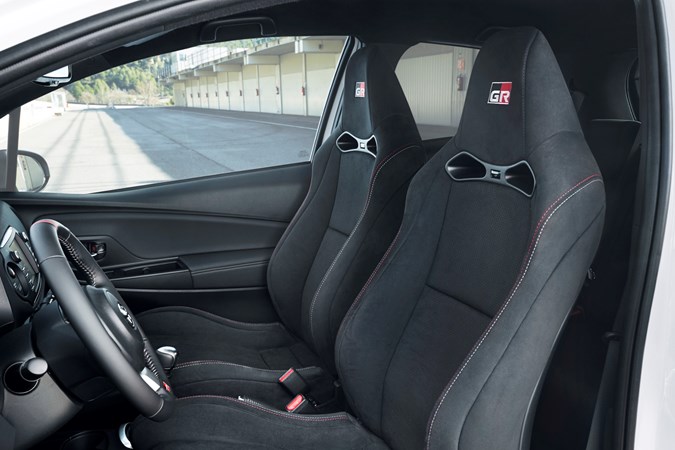
Not only is this round when many hot hatch rivals more often than not feature lumpier, flat-bottomed wheels, it’s also purposefully small in diameter and grippy to hold on to. The instrument dials are also GRMN-specific and look very sharp, too.
Average levels of comfort
- Lack of wheel adjustment restricts comfort
- Too much mechanical noise in the cabin
- Ride comfort is fine, but doesn’t set benchmark
Hampering the Toyota Yaris’s driving position, and consequently impinging on comfort, is the rather limited reach adjustment to the steering. This does mean that many drivers will have to sit upright to get a good grip on the wheel. A pity, because otherwise the seats themselves are impressively comfortable.
Sitting in the back there’s sufficient legroom and plenty of headroom despite the stepped, stadium-style raised rear seat base level – you sit higher than those in the front. What helps here is a completely flat floor across the back, so a passenger in the middle seat won’t have to sit with their knees elevated.
The control of noise entering the cabin is, however, less successful than the Yaris’s packaging. Weight saving is entirely laudable, but not, surely, at the expense of cabin quietness; particularly in a hybrid where so much attention has been paid to reducing mechanical din. The overall impression is that a good deal more sound insulation in a range of cars that are all admirably light in weight might not be a bad thing.
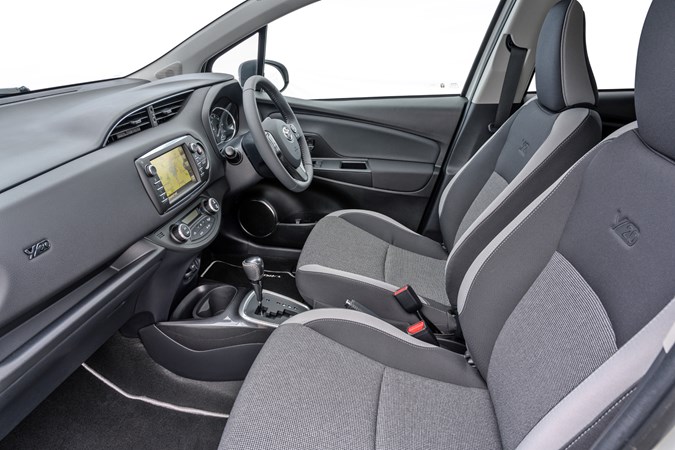
Engine noise penetrating the cabin verges on the excessive at high revs in both the conventional 1.5-litre when paired with the CVT automatic and the Hybrid. Wind noise levels are high from the door mirrors, in fact the whole door area in general, and anything loose on the road surface clatters into the wheel arches with such a racket one suspects there’s little insulation in there either.
Ride quality, on the other hand, should satisfy most owners. The Yaris behaves itself respectably in the urban environment, and speed bumps are despatched with reasonable aplomb. But the body’s propensity to fidget does rise at higher speeds, and, as a motorway cruiser, the Toyota, though not uncomfortably so, never feels as well-planted as a Ford Fiesta or Renault Clio.
Yaris GRMN surprisingly comfortable
While it’s a lot lower and firmer than the regular Yaris – you’ll notice this most at low speed around town – the GRMN’s ride settles down on faster roads. It is, after all, a car designed to be driven quickly – and it’s good on track, too, if you’re into that kind of thing.
It’s primary problem then is the increase in road noise – the Yaris GRMN’s supercharger is quite buzzy at higher revs, something that could prove draining after a while at motorway speeds.
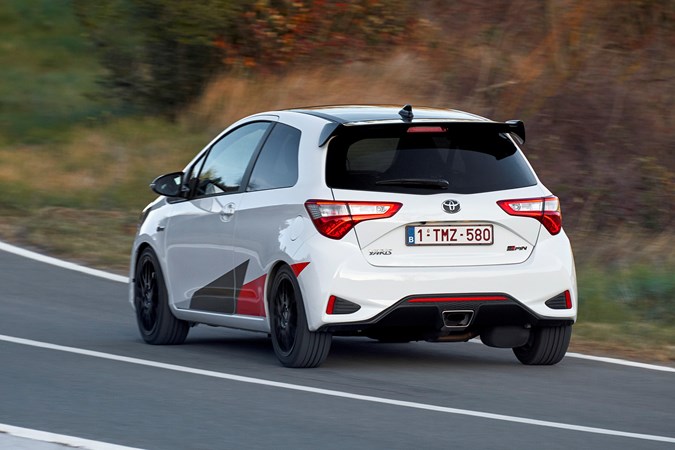


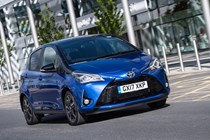

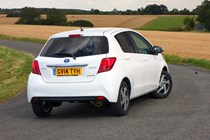
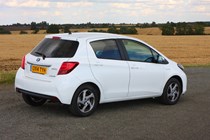
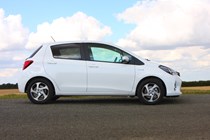
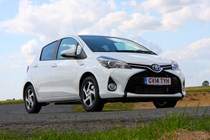


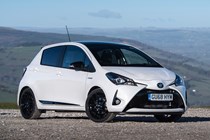


.jpg)
.jpg)
.jpg)
.jpg)
.jpg)
.jpg)
.jpg)
.jpg)
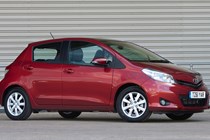

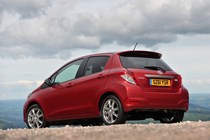
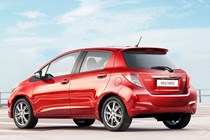
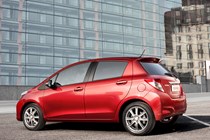
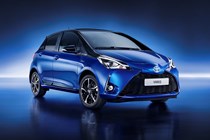
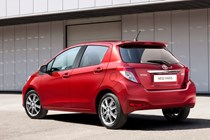
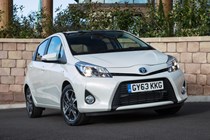
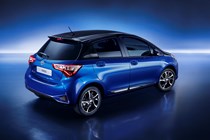

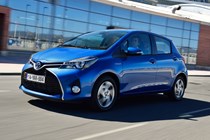
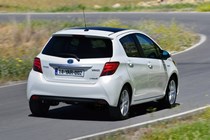

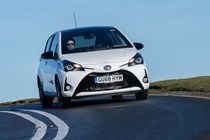

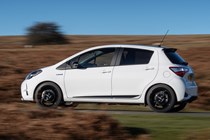
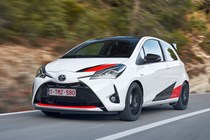
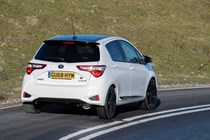
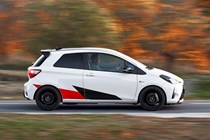


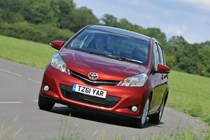


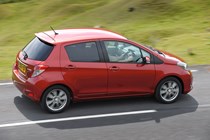

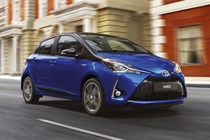
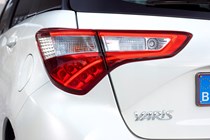
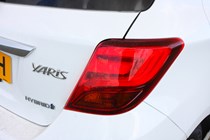

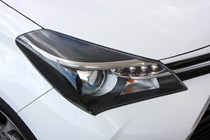
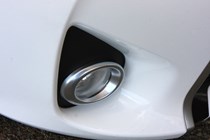
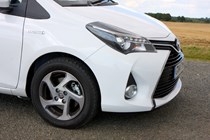
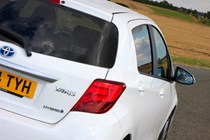
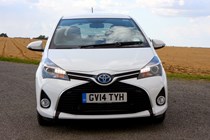


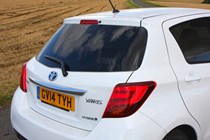
.jpg)
.jpg)

.jpg)
.jpg)
.jpg)
.jpg)
.jpg)
.jpg)
.jpg)
.jpg)
.jpg)
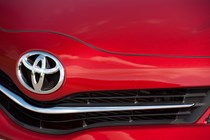
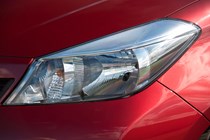
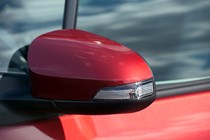
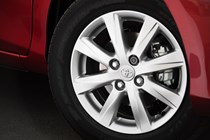




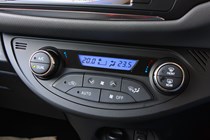

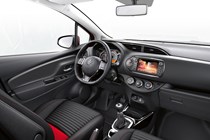
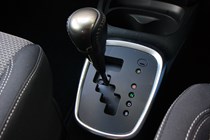
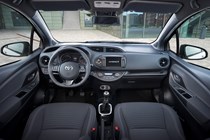
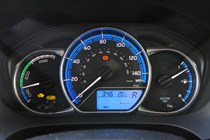
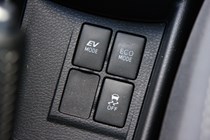


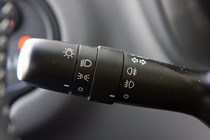
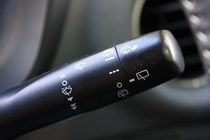
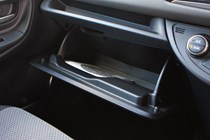
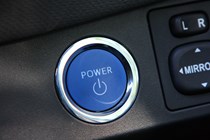
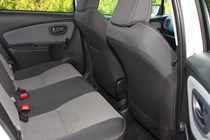
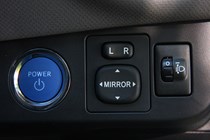
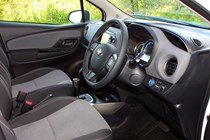
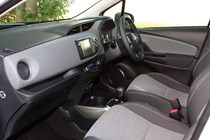


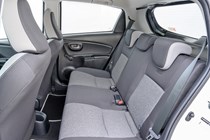
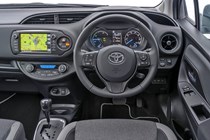
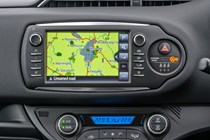

.jpg)
.jpg)
.jpg)
.jpg)
.jpg)
.jpg)
.jpg)
.jpg)
.jpg)
.jpg)
.jpg)
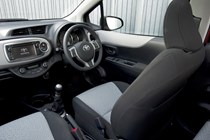
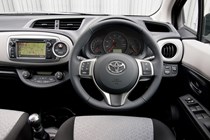
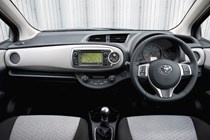



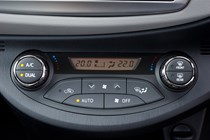
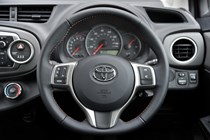
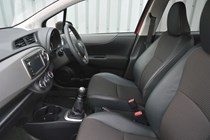
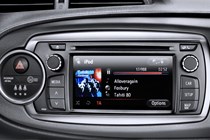

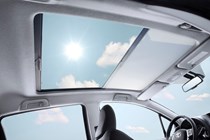

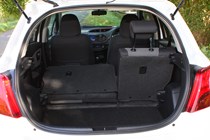
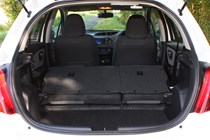
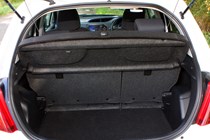
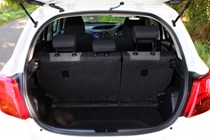
.jpg)
.jpg)
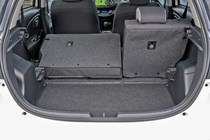
.jpg)
.jpg)
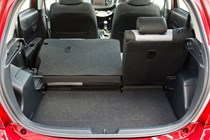

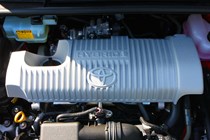
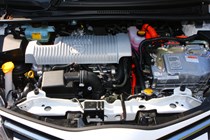
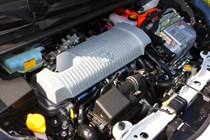

.jpg)
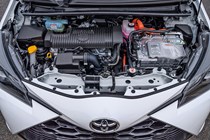
.jpg)
.jpg)
.jpg)
.jpg)
.jpg)
.jpg)













.jpg?quality=50)
.jpg?quality=50)
.jpg?quality=50)
.jpg?quality=50)
.jpg?quality=50)
.jpg?quality=50)
.jpg?quality=50)
.jpg?quality=50)






































.jpg?quality=50)
.jpg?quality=50)

.jpg?quality=50)
.jpg?quality=50)
.jpg?quality=50)
.jpg?quality=50)
.jpg?quality=50)
.jpg?quality=50)
.jpg?quality=50)
.jpg?quality=50)
.jpg?quality=50)































.jpg?quality=50)
.jpg?quality=50)
.jpg?quality=50)
.jpg?quality=50)
.jpg?quality=50)
.jpg?quality=50)
.jpg?quality=50)
.jpg?quality=50)
.jpg?quality=50)
.jpg?quality=50)
.jpg?quality=50)

















.jpg?quality=50)
.jpg?quality=50)

.jpg?quality=50)
.jpg?quality=50)






.jpg?quality=50)

.jpg?quality=50)
.jpg?quality=50)
.jpg?quality=50)
.jpg?quality=50)
.jpg?quality=50)
.jpg?quality=50)